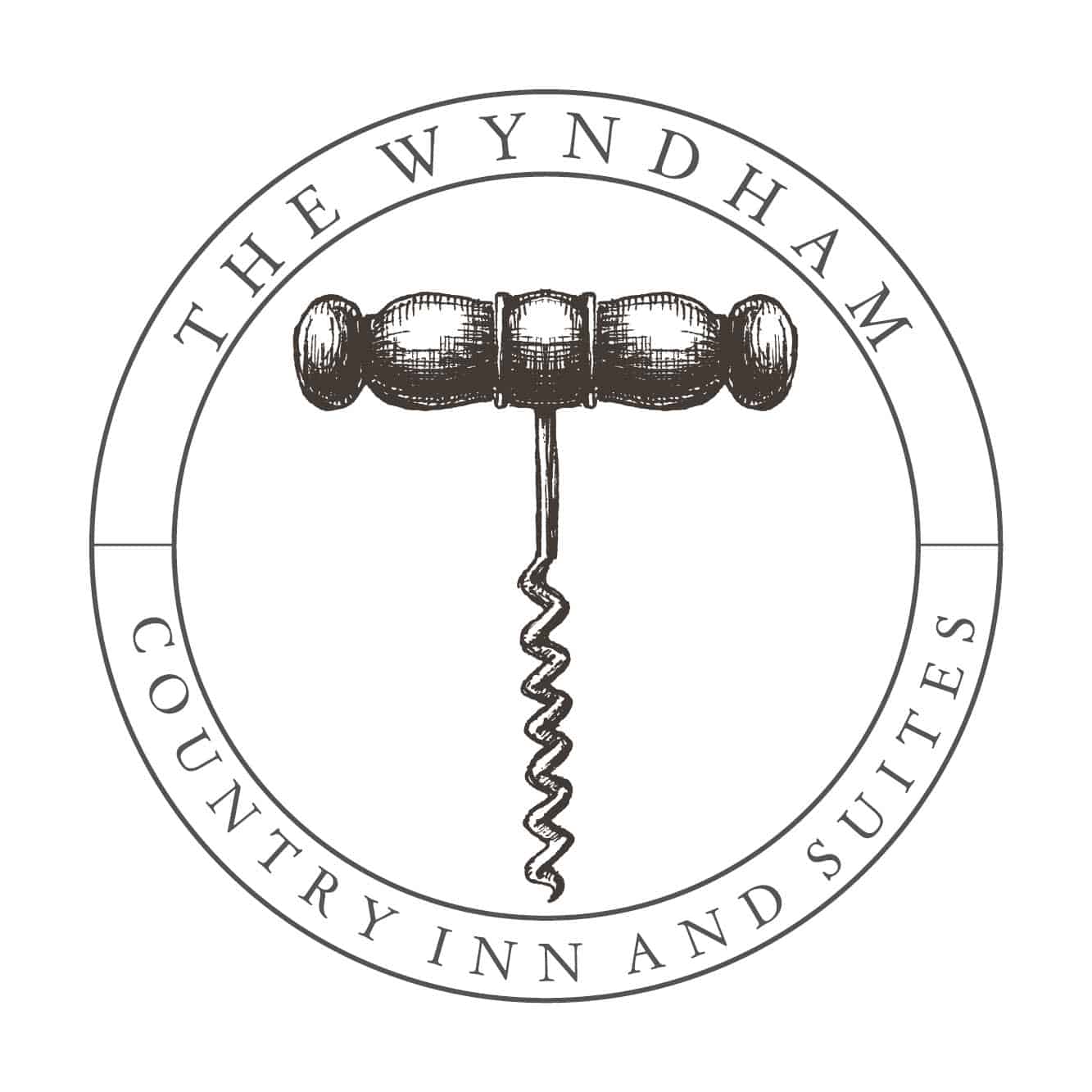
It was in the late 13th Century that the name Coleford first appeared. At the time, it’s believed there was a settlement by a ford across which charcoal was carried – hence the name.
However, it took time to grow and thrive, to the extent the nearby hamlet of Whitecliff had more residents well into the early 14th Century. A century later it had developed a ‘chapel of ease,’ meaning somewhere people walking through could stop off and ‘rest’ before making their way onward to the bigger Newland parish church on Sundays.
Coleford becomes ‘largest settlement’
It wasn’t until the early 17th Century that the town came into its own. At that point, it became the largest settlement on the Forest of Dean’s western side. During the Civil Wars, a formal market took place in the town every Wednesday and Friday – simply for the reason that the nearest chartered market was in Monmouth (a royalist stronghold).
In 1661 Coleford received a royal charter allowing it to hold a market every Friday. In addition, the townsfolk were allowed to organise an annual fair twice a year. The first in June was for wool, and the second fair, in December, for cheese.
Today, you’ll find the town is the festival capital of the Forest, with some of the bigger fair attractions, including the Faddle Fair (May, August and Christmas), the Morris Festival in June, the Coleford Music Festival in July, and in August its Skate Jam at Bells Field.
@VisitDeanWye: “[Coleford is] a picturesque and charming market town with a long and rich history, Coleford is compact and walkable with all the amenities and family-friendly attractions to make the town worth a visit in its own right.“
Expansion with coal and iron-ore mining
By the early to mid-1800s, the town expanded rapidly, mainly due to the iron and coal mining industries in the area. A splendid Tudor market house was created in the centre of town in 1866 – but it only lasted just over a century, being pulled down in 1986 when the town’s roads were reconfigured.
A parish workhouse was erected in the town on the corner of St John and Bank streets. It was called the Newland parish workhouse – a sure sign that Coleford had become the largest and most important town in the parish of Newland. After this, several taverns were built near the marketplace, and, once again, the town grew.
During the 19th Century, the north and south of the town centre expanded with the addition of housing estates. Then, in the 1950s, factories were created in the commercial area of the south of the town, before H W Carter, the manufacturer of Ribena, relocated there from Bristol, becoming one of the largest industrial entities, now owned by soft drinks manufacturer, the Suntory Group.
Today, Coleford is one of the largest communities within the Forest of Dean, despite the town remaining relatively small since the 1800s. It boasts an expansive market place at its centre and period features signalling the history and heritage of this impressive town, as well as excellent shopping facilities that serve the Forest of Dean well.
